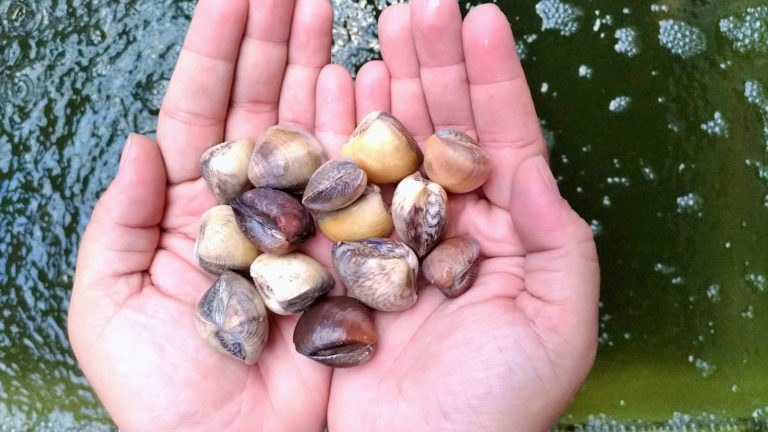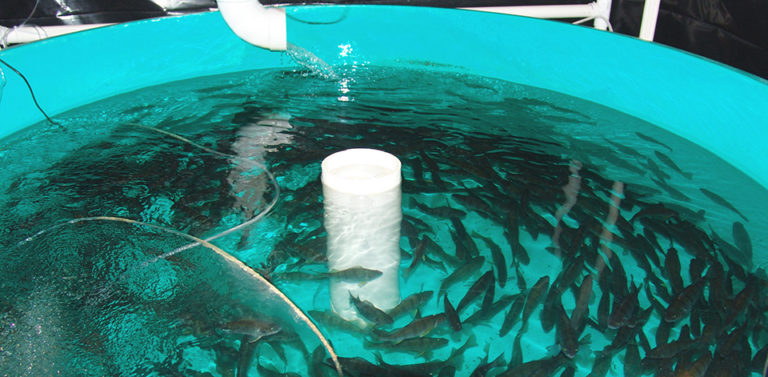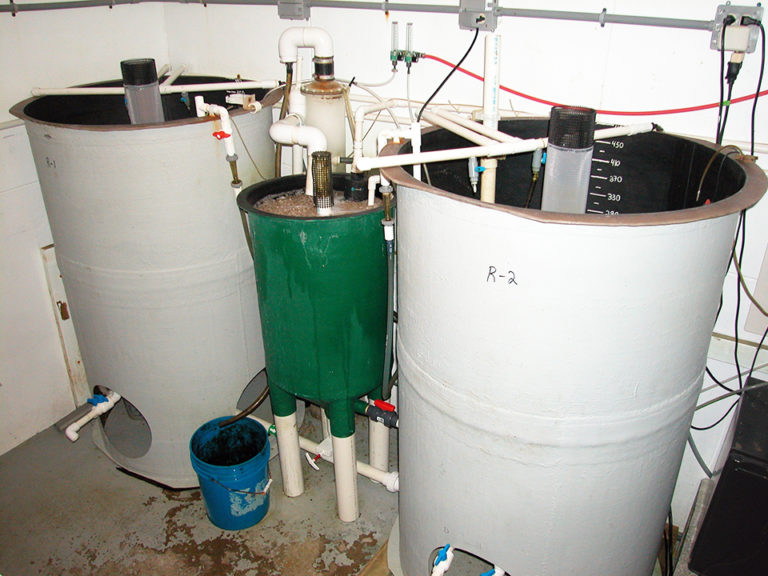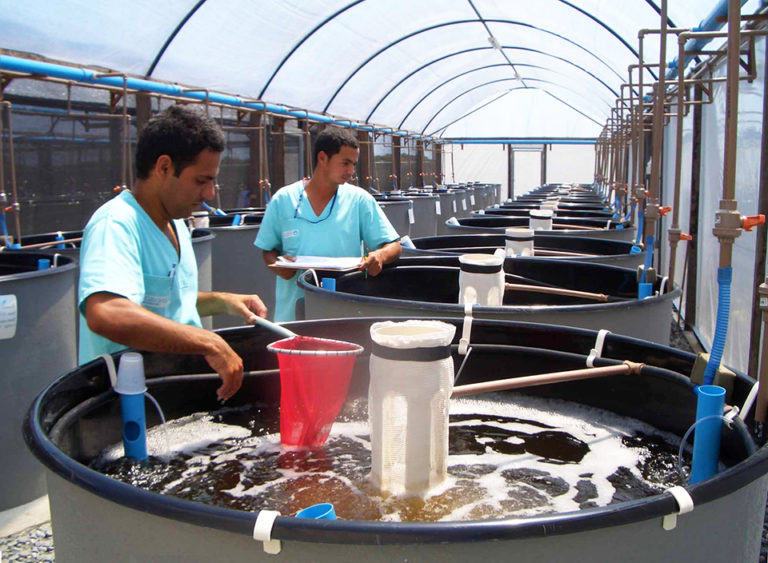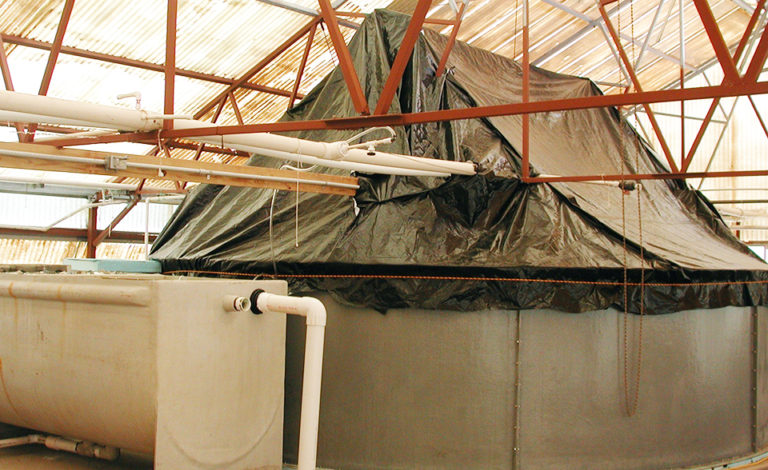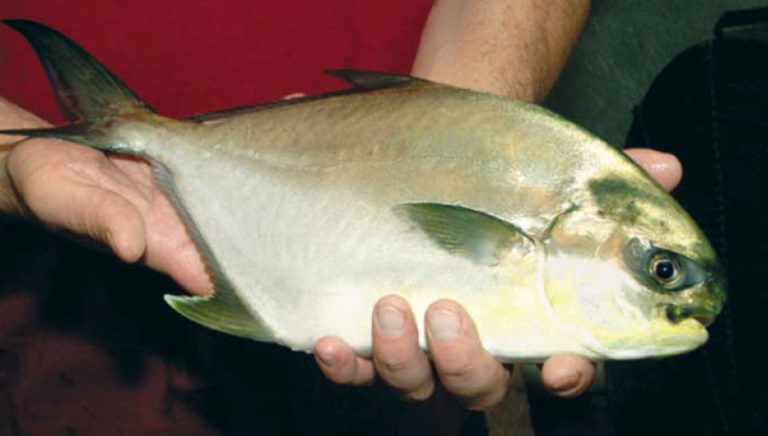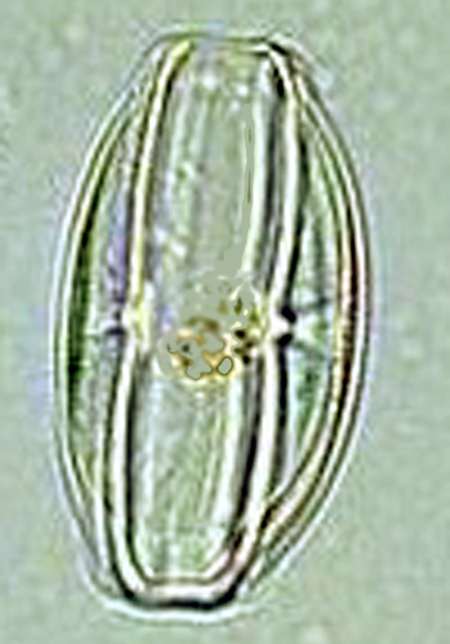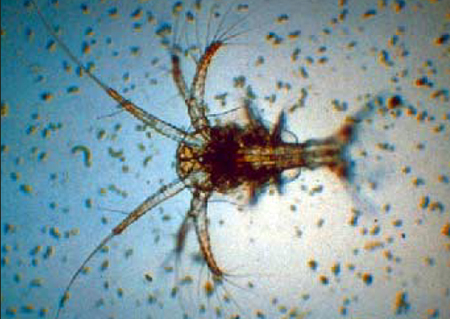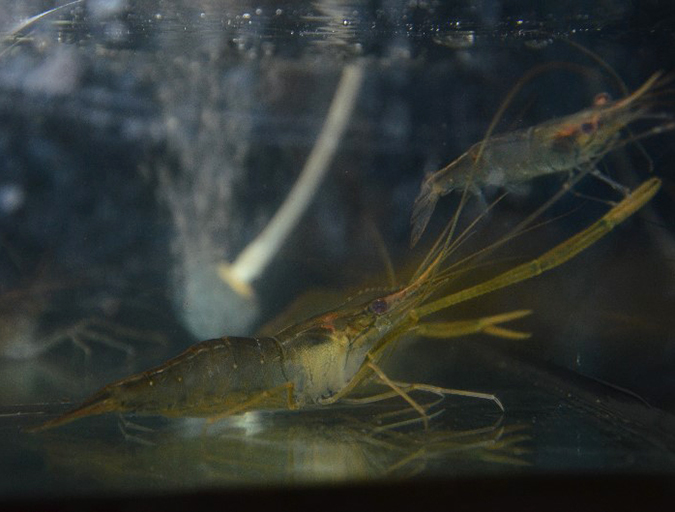
Health & Welfare
Determining safe levels of ammonia and nitrite for shrimp culture
A study aimed to determine safe levels of ammonia and nitrite to various life stages of the Amazon river prawn, based on the hypothesis that the early stages of development of M. amazonicum are more sensitive to ammonia and nitrite than later stages. The monitoring of this variable is important to avoid losses, mainly in larviculture and recirculation.

